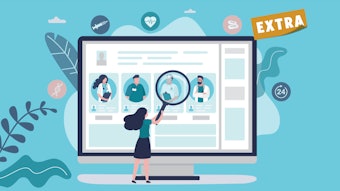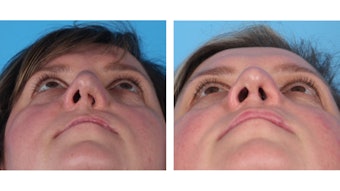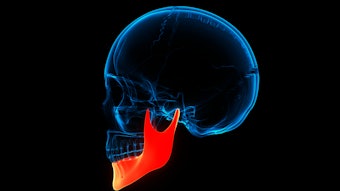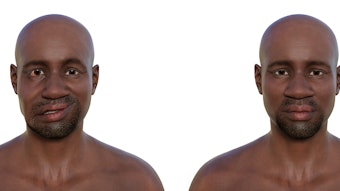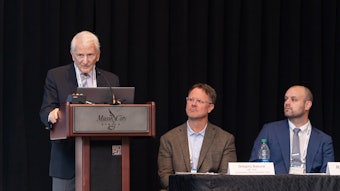Pearls from Your Peers: Functional Septoplasty Surgery
Dr. Winkler provides tips and recommendations for septoplasty surgery.

What techniques are key in functional septoplasty surgery?
Addressing areas that can be hard to visualize is one key to a successful septoplasty. For maxillary crest spurs, I suggest elevating an inferior tunnel and performing a “parasagittal shave" with a 4-mm osteotome. Superior bony deviations are often missed because of their location. A Takahashi forceps or Jansen-Middleton biters can reach any part of the septum. Finally, double-check all parts of the septum endonasally to be sure that there are no obstructions in the airway.
What considerations affect the decision to use an open versus closed approach?
Then need to access the caudal septum is a frequent determinant of approach. The open approach provides far greater exposure and allows the surgeon to use a variety of techniques (e.g., spreader grafts, Gusset Plate graft, others). Also, strongly consider an open approach in revision surgery, where mucosal tears and other unknowns can quickly turn a simple case into an extremely difficult one.
What intraoperative technique can help to decrease the risk of septal perforation?
Suture repair of tears in the mucosa is the best method, but they can be challenging to place. Sutures prevent widening of the gap due to gravity. Alternatively (or additionally), a septal interposition cartilage graft—using excised cartilage or thick cadaveric dermis—can occlude the gap and provide a scaffolding for remucosalization.
To pack or not to pack – what is your preference?
Nasal packing is unnecessary in most situations. The trans-septal running mattress (“quilting”) suture will prevent hematoma more safely and effectively than packing (Kuboki). A 4-0 polyglactin suture dissolves in 10 days, and the SH needle is adequate to traverse the thickness of the septum. Conversely, nasal packing provides imprecise pressure, can cause perforation, and is very poorly tolerated by patients.
What are the typical unaddressed issues in patients referred for revision?
Caudal septal deviations in the nasal valve region will lead to seemingly disproportionate obstruction symptoms. Second place goes to high bony deviations, which may be left behind due to concerns about causing cerebrospinal fluid leaks. This is an exceedingly rare complication. Moreover, when CSF leaks do occur, it is likely not due to bony work within the septal pocket. However, disarticulation of the dorsal strut at the keystone region is a far more common complication that can occur when addressing the bony septum. Best to use Jansen-Middleton biters for deviations near the keystone.
Reference
Kuboki A, et al. Nasal silicone splints and quilting sutures using a septum stitch device following septoplasty: a prospective comparative study. Eur Arch Otorhinolaryngol. 2018;275(7):1803-1809.
